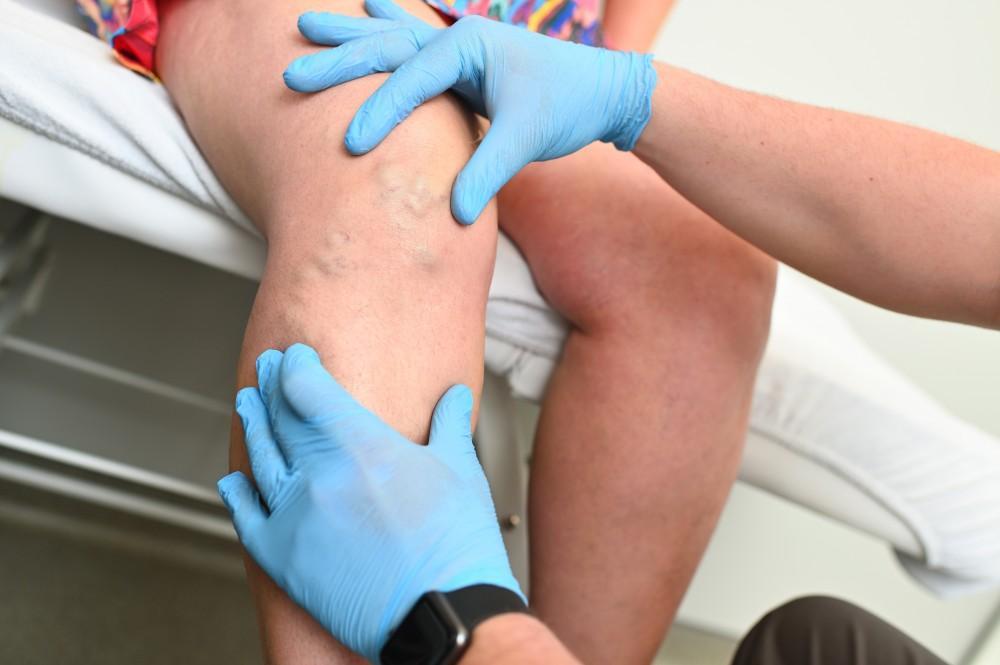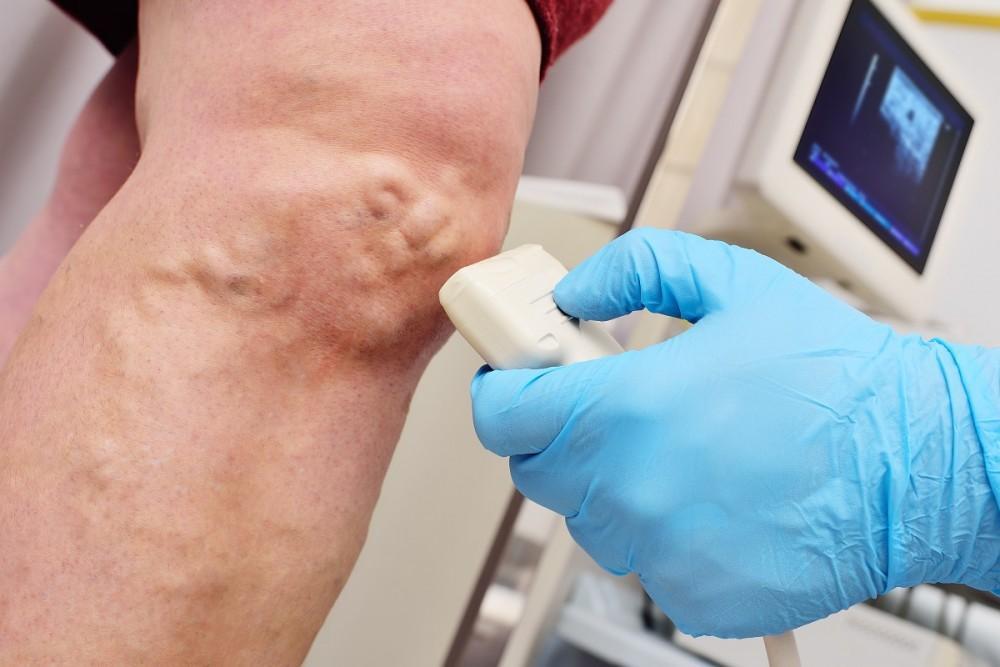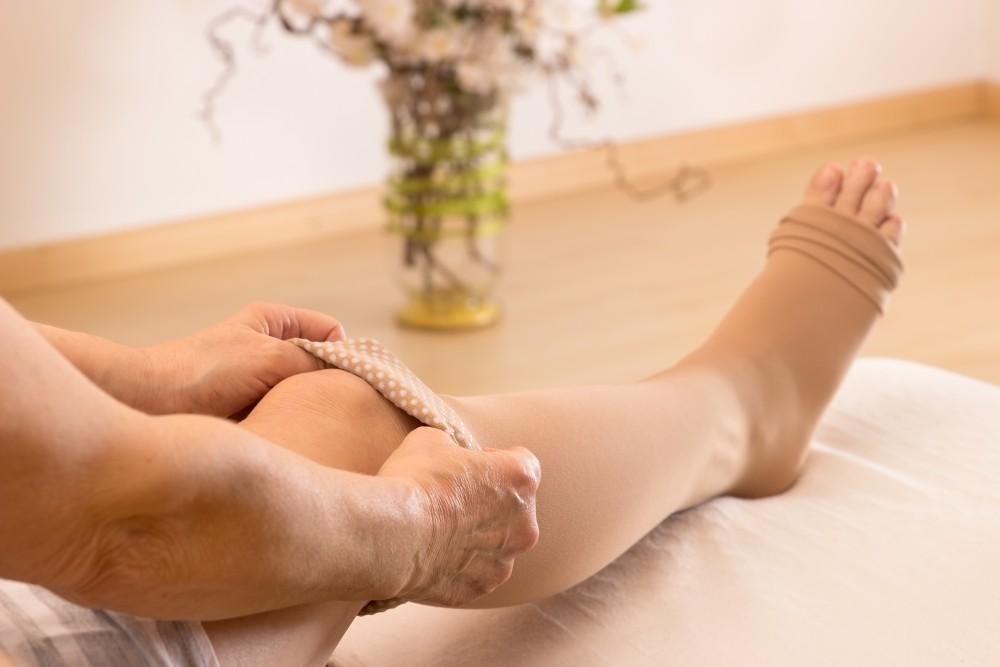The average adult body contains a whopping 100,000 miles of blood vessels that circulate nutrient- and oxygen-rich blood throughout the body. Your heart provides the engine for this circulation and sends out blood through your arteries, which then returns through your veins for another round. With so many miles of vessels, it’s little wonder that problems can develop along this vast system.
At Prime Heart & Vascular, under the experienced guidance of cardiac and vascular specialist Dr. Rishin Shah, we help our Texas patients deal with vein problems of all kinds, ranging from surface spider and varicose veins to deep-vein thrombophlebitis. To stay one step ahead of venous diseases and problems, you should be familiar with the factors that place you at a higher risk.
Here are 5 to get you started.
1. Carrying an extra burden
One of the biggest contributors to cardiovascular problems is carrying extra weight. When you’re overweight, you’re taxing many of the processes in your body, especially your circulatory system. People who are overweight or obese often develop problems with narrowing arteries due to buildup along the walls of the blood vessels. But extra weight can also hamper your veins, especially if you have belly fat that prevents your deep veins from flowing freely, which can lead to the formation of dangerous clots.
2. Lack of activity
Your body is designed to move, which helps everything function more smoothly, from your joints to your blood vessels. If you lead a more sedentary lifestyle or you’ve been bedridden, the valves that keep the blood in your veins flowing in the right direction can weaken, allowing blood to spill backward. Called chronic venous insufficiency, this condition is the primary culprit behind spider veins and varicose veins, which are more superficial problems, but it can also cause swelling (edema) in your legs.
3. Excessive standing
Another contributor to chronic venous insufficiency and other vein problems is spending an excessive amount of time on your feet. Under normal circumstances, the veins in your lower extremities have a tough job getting blood back up to your heart. If you spend hours a day on your feet, you’re making this job even more difficult. As a result, your valves can weaken and begin to fail, allowing your blood to spill backward.
4. In your genes
While there’s little you can do about heredity, it’s helpful to understand whether you’re more at risk for developing vein problems so you can take steps to avoid them. The fact is that some people develop vein problems, such as varicose veins, more readily than others because of simple genetics. So take a look at your family tree and see if vein problems are a common condition.
5. Pregnancy
In just nine short months, a woman develops a new life inside her, which can place an enormous amount of stress on her circulatory system, especially during the later months. The added and sudden burden can prevent your circulation from flowing freely, especially the veins in your legs, which is why varicose veins are fairly common among pregnant women.
Even after the child is born, women are more susceptible to vein problems because their veins were weakened during pregnancy.
There are other factors that put you more at risk for developing vein issues, such as cancer or rare diseases, but the five factors above are responsible for the lion’s share of the problems.
If you’d like to learn more about vein problems and the steps you can take to prevent or treat them, please give us a call. Or you can use the online scheduling tool to set up an appointment at one of our three locations in Plano, Frisco, and Allen, Texas.





